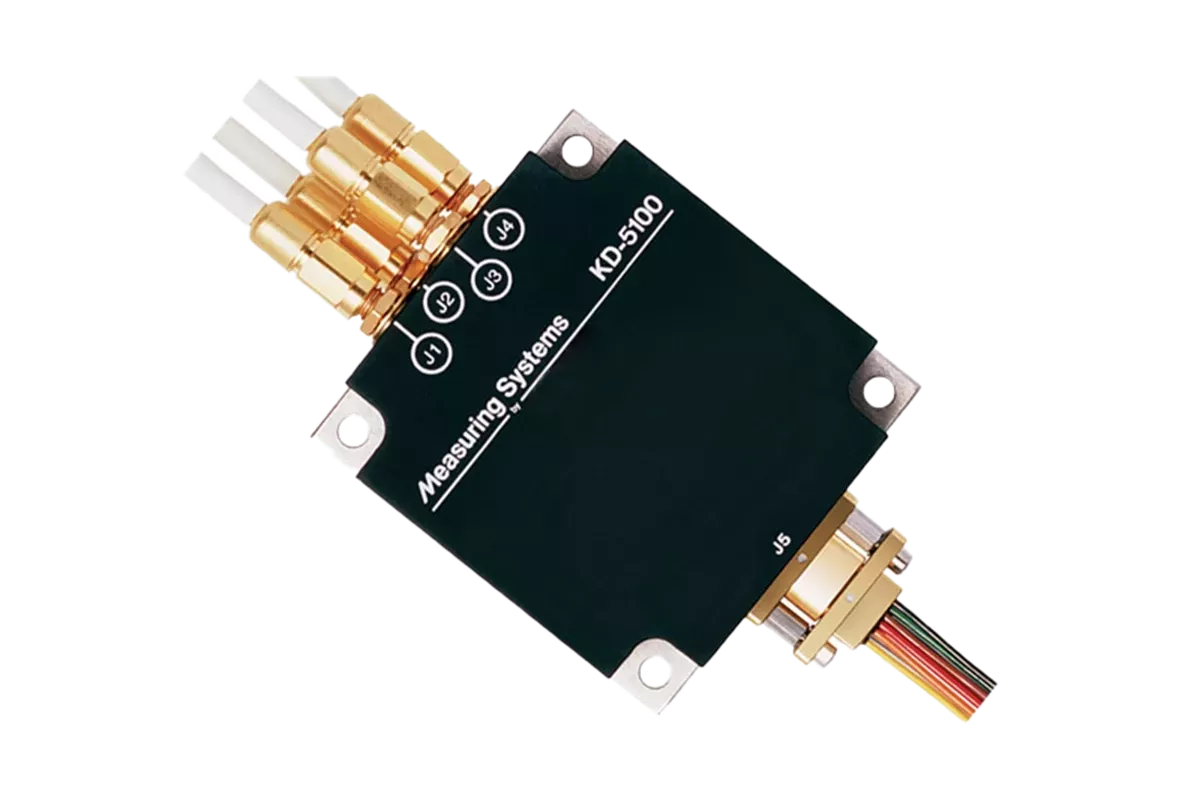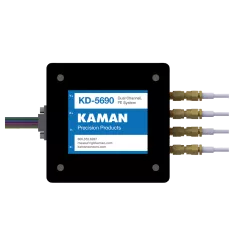Laser communication terminals
On 21st February, 2008, a government-to-government cooperation between the United States and Germany to establish a laser link between two operational satellites in Low Earth Orbit (LEO) started a new chapter in the history of space. The German radar satellite TerraSAR-X and the U.S. Missile Defense Agency satellite NFIRE, both equipped with Laser Communication Terminals (LCT) manufactured by Tesat, established the first successful and stable orbital laser link. Terminal “LCT 135” makes it possible to send up to 1.8 Gbps of data and information over a distance of up to 80,000 km, with the aid of a modulated laser beam. The process is safe, fast, secure and totally interference-resistant – even when both satellites drift away from each other in different orbits at absolute orbital speeds of around 30,000 kilometres per hour.
Near-real time data provision
Tesat‘s LCTs are the key technology behind Airbus's SpaceDataHighway that provides near-real-time data transmission to any location worldwide. This system of two geostationary satellites is used to relay data between Low Earth Orbit (LEO) satellites, spacecrafts or airborne platforms and fixed ground stations. Thus Tesat‘s technology enables near-real time data provision in support of time-critical and data-intensive applications such as for emergency response actions following natural disasters.

Measuring deflection of a mirror
An important part of the laser communication terminals is the KD5100 position measuring system from Althen's portfolio - a high-precision measuring system with a resolution down to the nanometer range. It offers exceptionally high resolution and repeatability. KD-5100 systems are also suitable for vacuum applications and use a NASA certified heat dissipation principle, specified for orbital platforms. Using a servo-driven steering mirror, the laser beam is always tracked to the receiving satellite. The KD5100 measures the deflection of this mirror in the range of a few millimetres.
What the LCT enables
The LCT enables near-real time data provision in support of time-critical and data-intensive applications such as for emergency response actions following natural disasters. Another exemplary application area is in the support of global maritime surveillance activities as in the upcoming Pléiades Neo Constellation of Airbus, which also will utilise the SpaceDataHighway to ensure highest system reactivity, lowest latency and high-volume data transfer. Tesat currently operates 8 Laser Communication Terminals in space – 2 of them on geostationary satellites in Airbus's SpaceDataHighway and 6 on LEO satellites.

KD-5600 Eddy Current Sensor
- Higher Accuracy
- Easy to use, Improved Communication & Convenience
- Adjustable up to 60KHz

